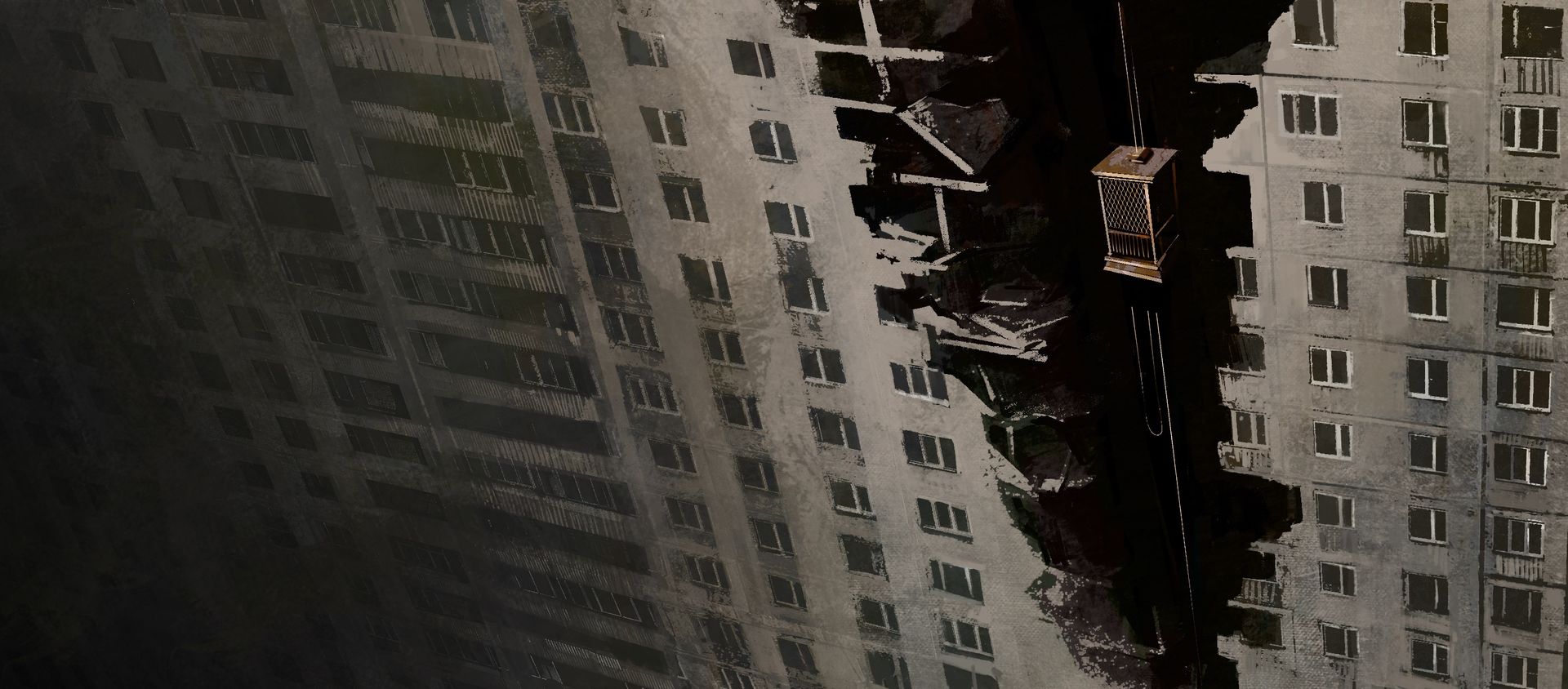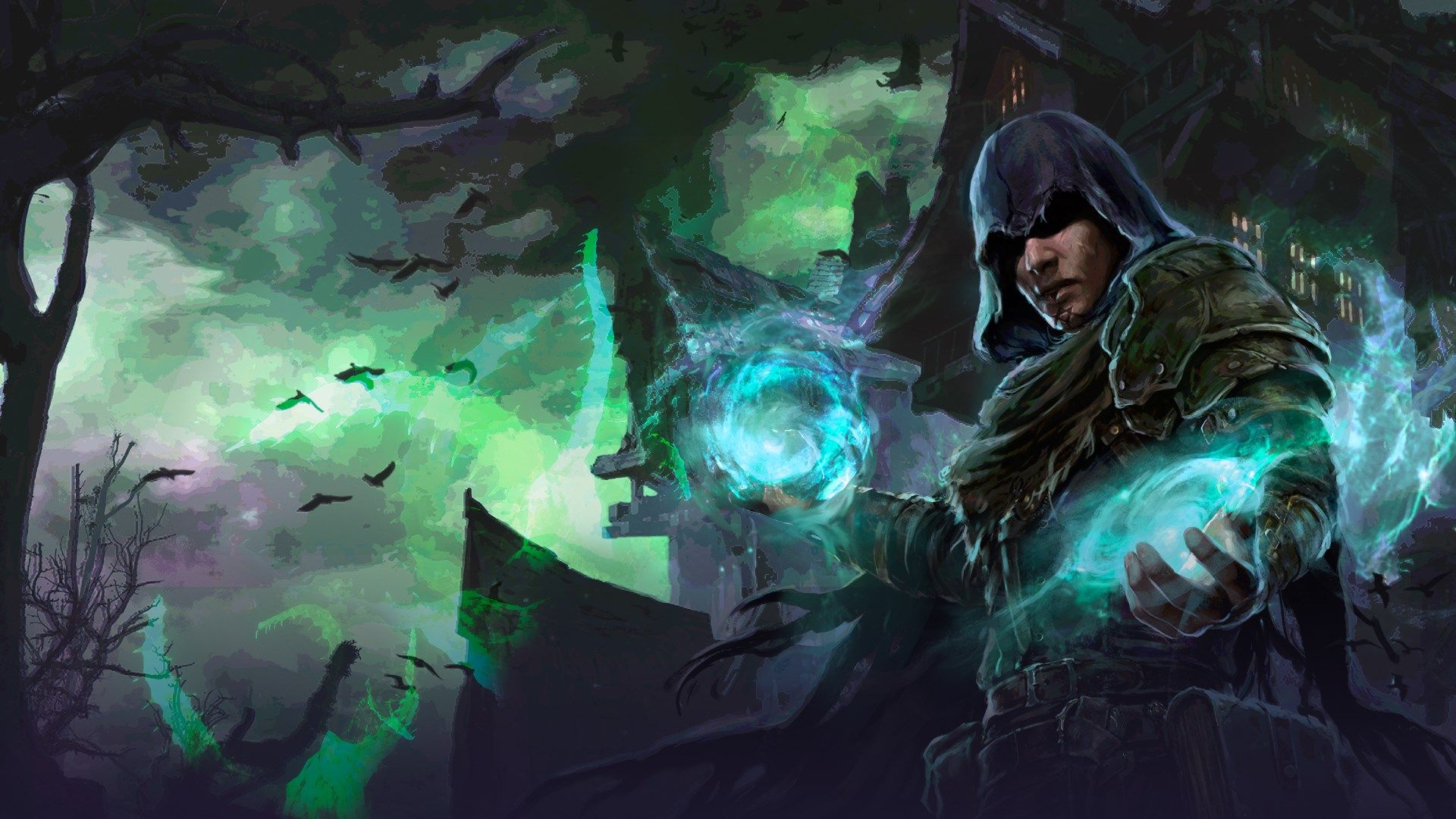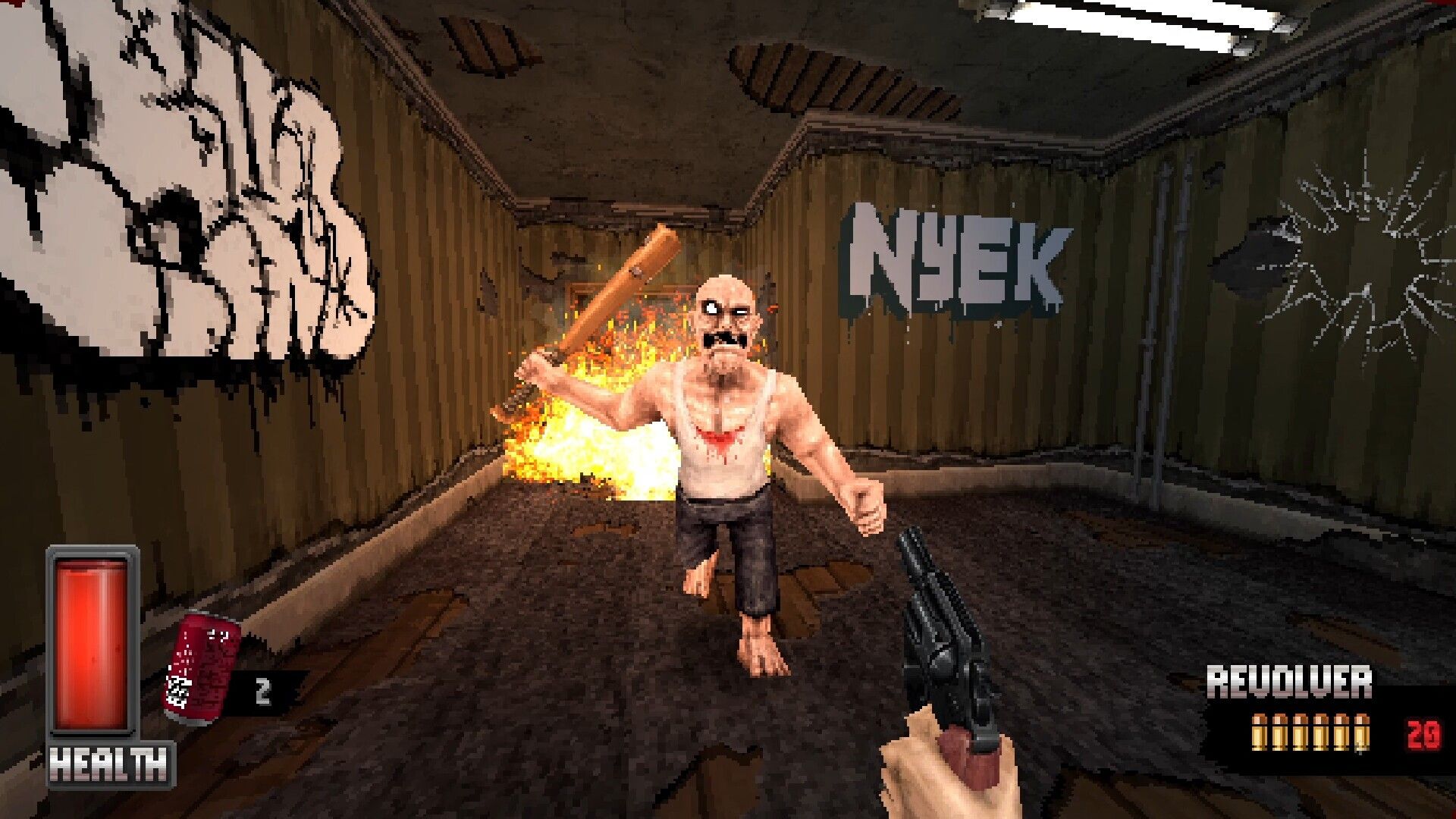Aegis Descent
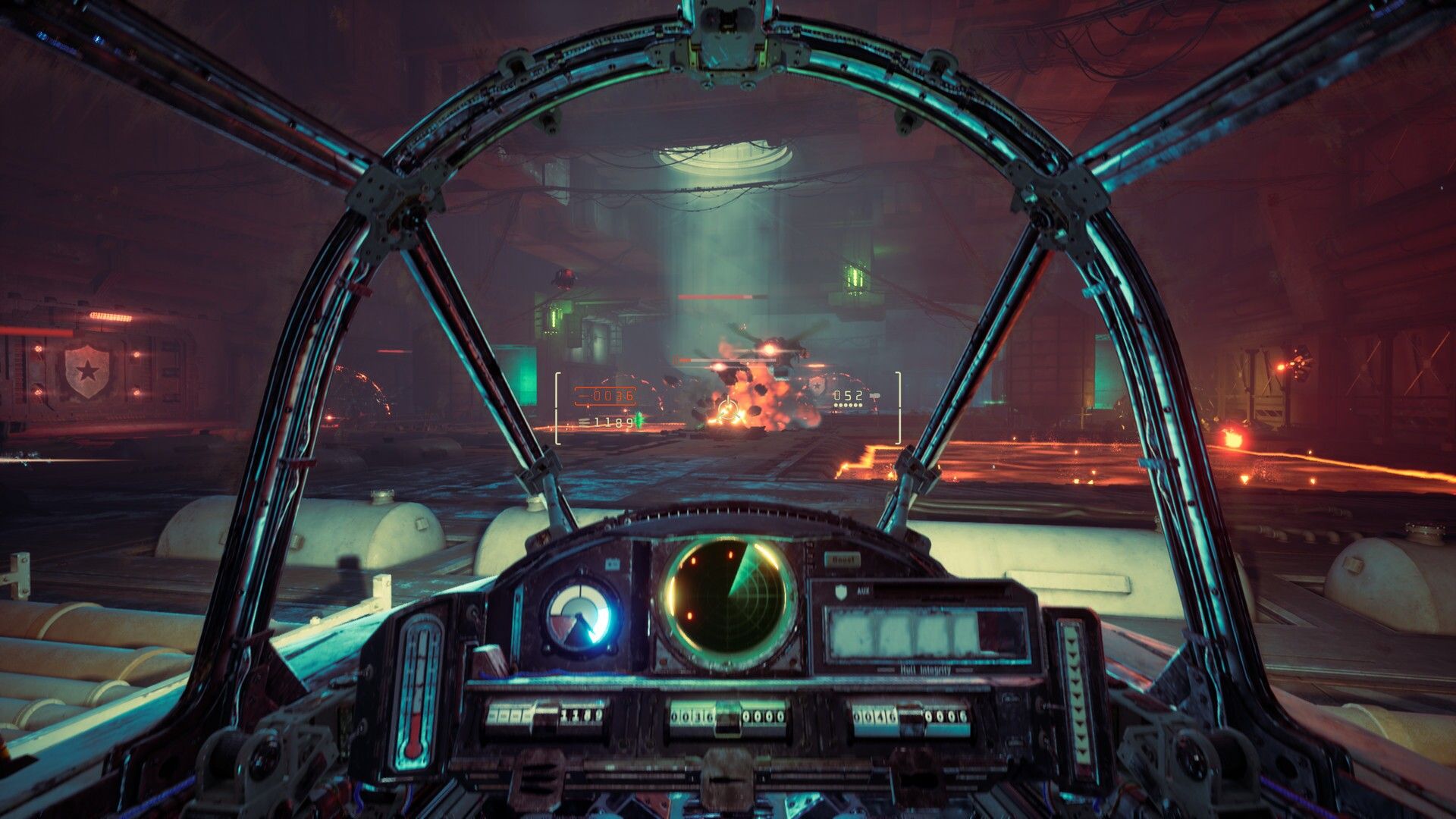
Atmosphere and Descent into Madness
Aegis Descent thrives on a sense of growing dread. The claustrophobic caverns pulse with unease, punctuated by mechanical whirs and distant, unplaceable sounds. Every descent feels like an act of psychological erosion. The game doesn’t rely on scripted horror, but rather on an oppressive atmosphere that steadily wears you down. It’s a slow-burn descent into isolation, bolstered by an unsettling soundscape and shadowy environments that rarely grant comfort.
Combat Strategy and Roguelite Design
At its core, Aegis Descent blends vehicular combat with roguelite progression. The Aegis itself feels responsive and satisfyingly weighty — turning, hovering, and unleashing devastating firepower in tight spaces. Strategic management of energy, ammo, and shield integrity is essential. The procedural generation ensures unpredictability, and each run offers a new combination of enemies, hazards, and upgrades. This loop encourages calculated risk-taking, though enemy variety could be deeper.
Narrative and Existential Framing
Instead of traditional storytelling, Aegis Descent opts for narrative implication. You piece together fragments of a war-time experiment gone wrong through environmental clues and cryptic transmissions. It's less about exposition and more about atmosphere and mystery — a decision that will engage some players, but leave others craving more clarity. Those familiar with cosmic horror or SCP-style storytelling will feel right at home.
Resource Tension and Tactical Choices
Aegis Descent excels at creating tension through its resource economy. Players must make critical decisions about when to explore for upgrades and when to retreat. Do you push deeper for rare loot, or cut your losses? The game forces you to weigh ambition against survival — a hallmark of well-crafted roguelite design. Loadout customization adds another strategic layer, as perks must be synergized to match each run’s conditions.
Strengths and Weaknesses
While Aegis Descent nails its ambiance and core loop, it’s not without shortcomings. Enemy encounters can feel repetitive over time, and some upgrades lack meaningful differentiation. The minimalist narrative may frustrate players looking for a strong plot, and there are occasional pacing issues due to backtracking or empty corridors. But for fans of tension-rich gameplay and eerie immersion, these flaws are easily forgiven.
Enemy Design and Encounter Flow
Enemy variety is adequate early on, but becomes predictable in later runs. Most foes function more as environmental hazards than strategic adversaries. This doesn’t ruin the experience, but it can reduce tension once patterns are learned. Boss encounters, however, tend to offer well-paced spikes in challenge and bring the best out of the movement and firing mechanics.
Audio-Visual Design and Immersion
The game’s audio design is one of its strongest aspects. From deep subterranean hums to distorted echoes, soundscapes amplify isolation and dread. Visually, Aegis Descent employs retro-tech aesthetics with minimal UI clutter, keeping players immersed. Lighting plays a gameplay role too, emphasizing the unknown beyond your sensors. While the graphics aren’t cutting-edge, they’re cohesive and serve the mood perfectly.
Image Gallery
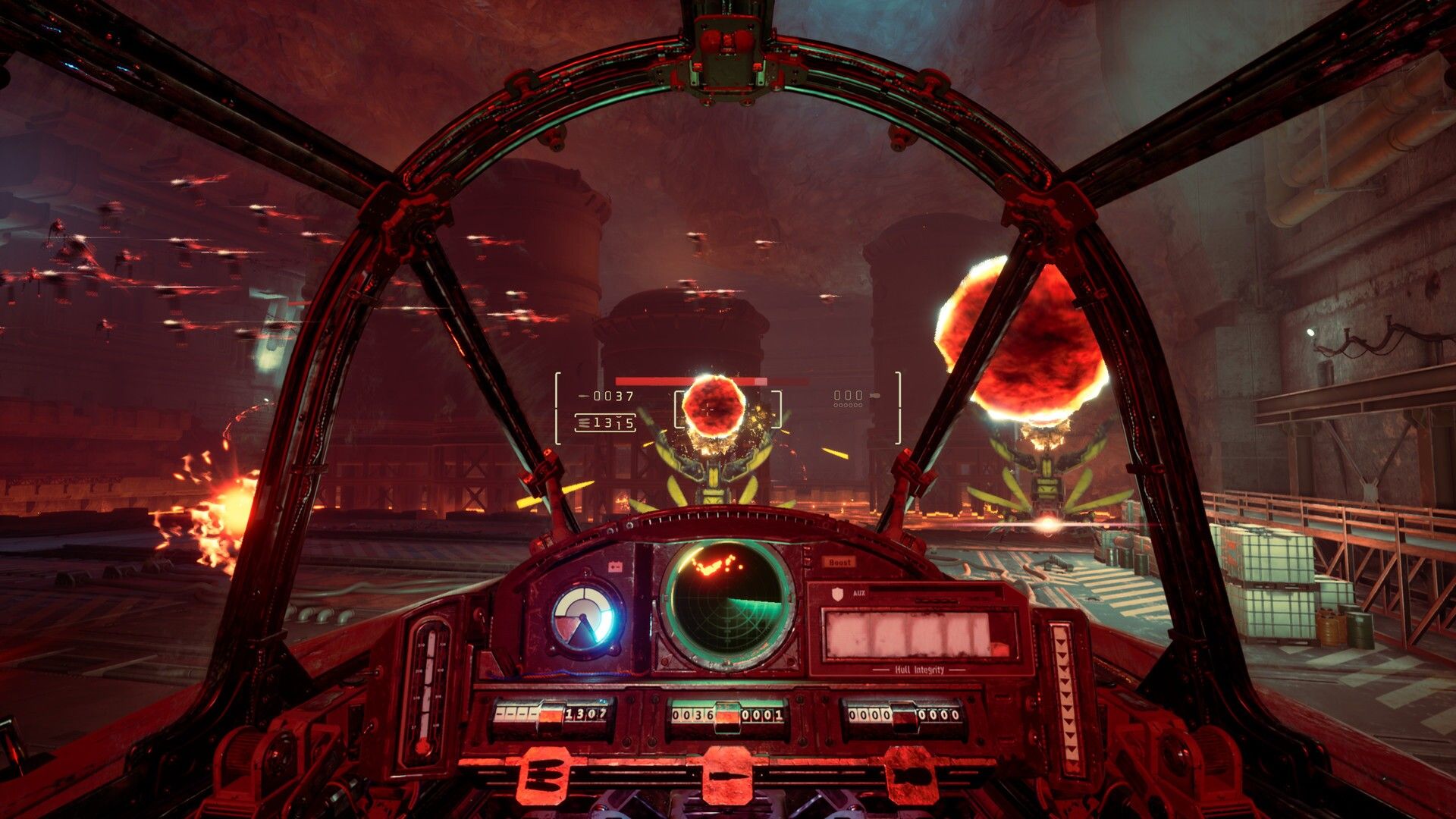

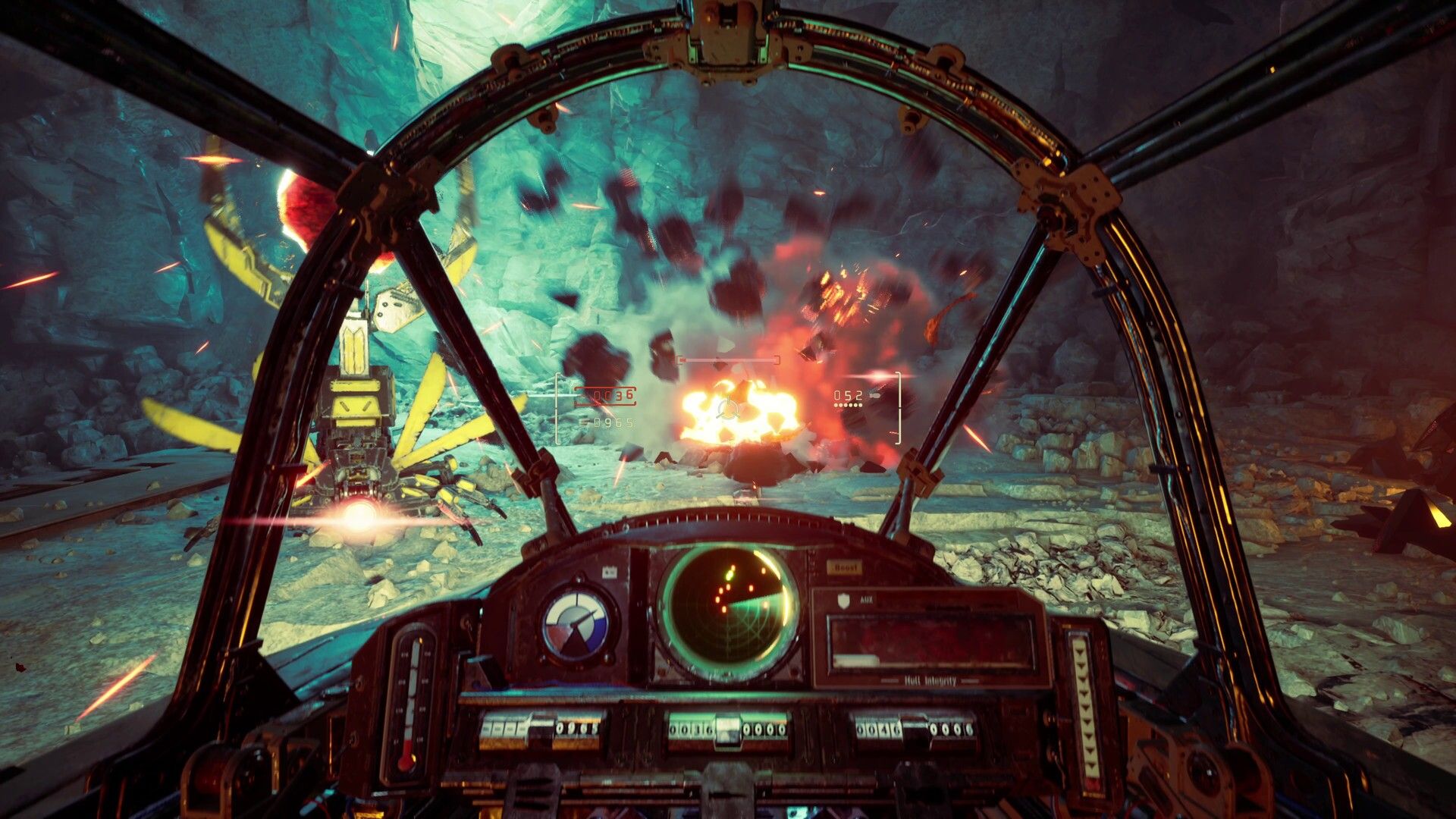
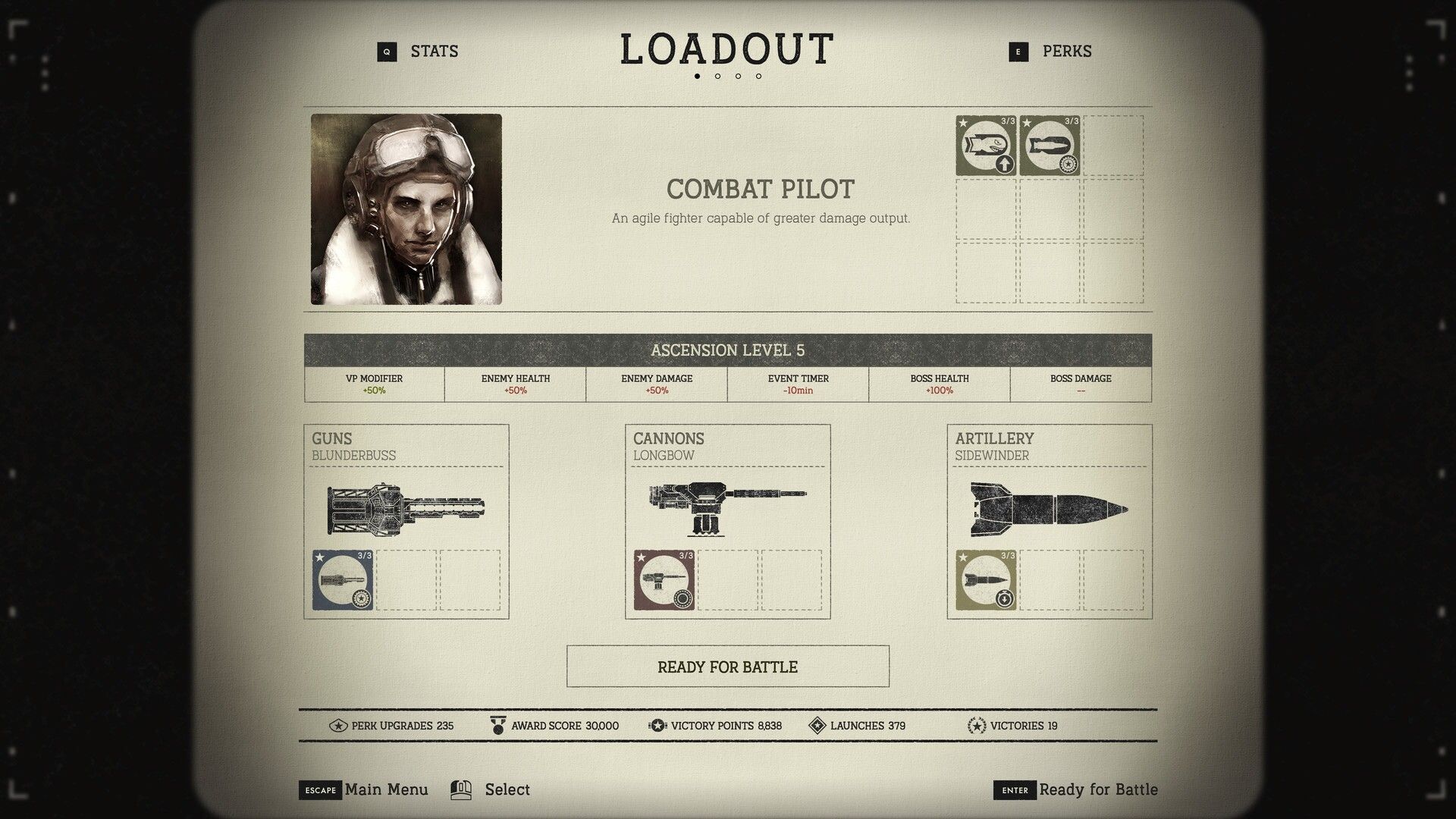
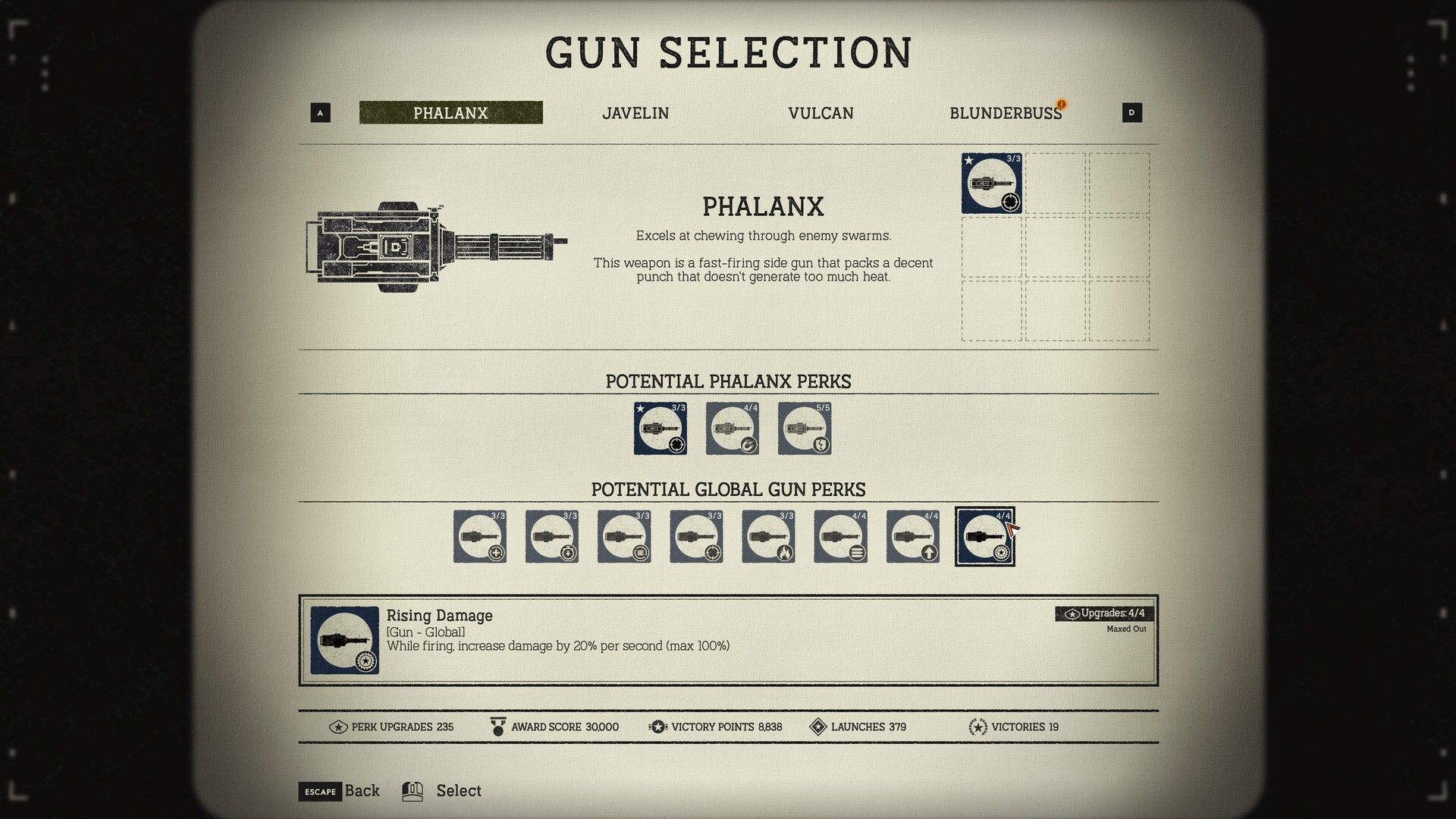
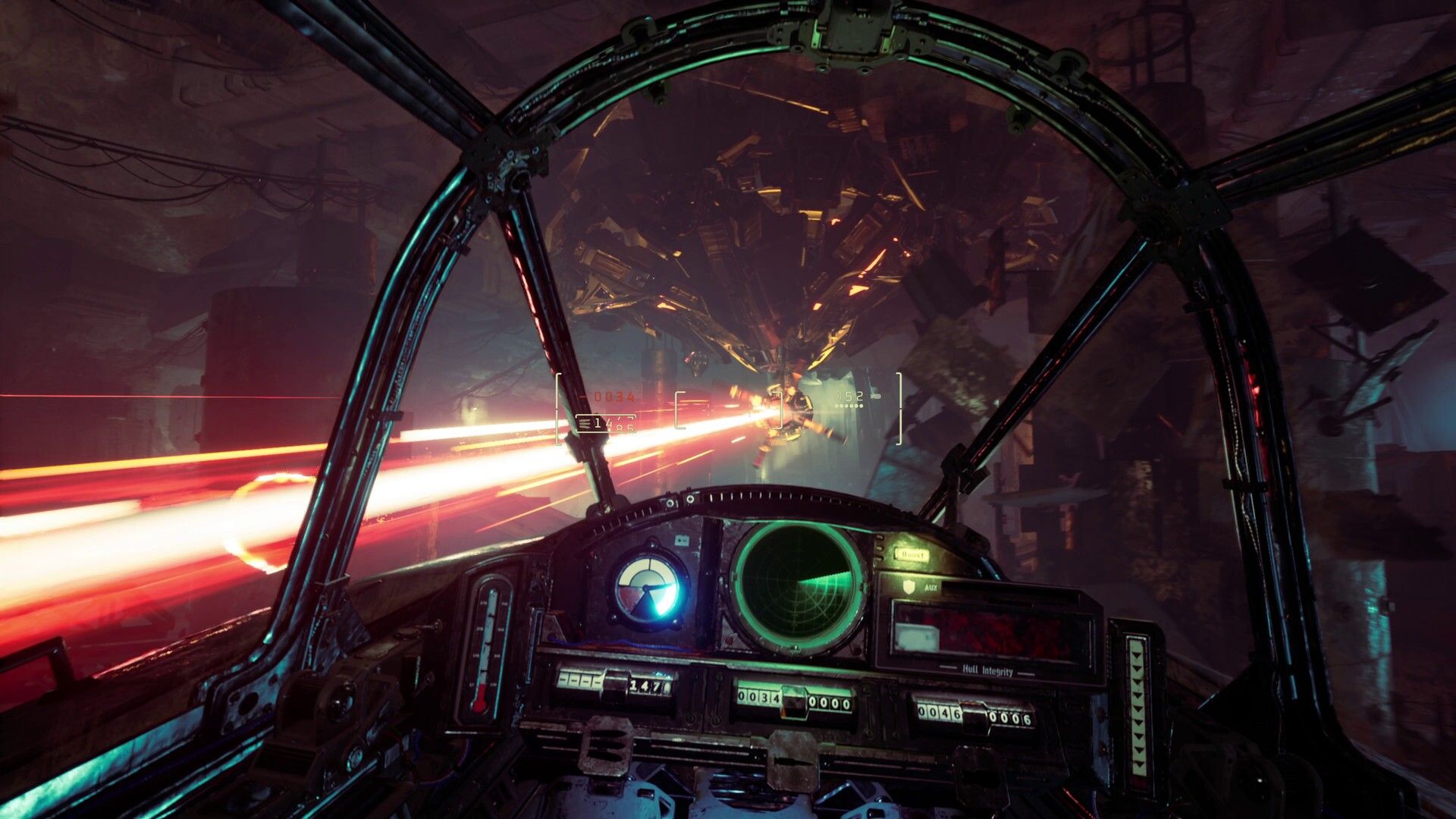
Core Mechanics
Aegis Descent blends intense vehicular combat with roguelite elements, challenging players to adapt and strategize in ever-changing environments.
-
Experimental Aegis Vehicle
Pilot a uniquely designed hover tank combining the armor of a heavy tank, the firepower of a destroyer, and the agility of an airship.
-
Roguelite Progression
Each descent into the caverns is procedurally generated, offering new challenges and requiring players to adapt their strategies on the fly.
-
Resource and Perk Management
Scavenge technology to replenish resources, acquire new perks, and make critical decisions that impact survival and progression.
-
Loadout Customization
Choose from various class and weapon loadouts, combining perks to create devastating combinations tailored to your playstyle.
Survival Tips for Pilots
Mastering Aegis Descent requires keen awareness and strategic planning. Here are some tips to aid your journey:
-
Balance Exploration and Caution
While deeper caverns offer greater rewards, they also harbor more formidable threats. Assess risks before proceeding.
-
Optimize Resource Usage
Conserve ammunition and health packs. Use them judiciously to ensure longevity during descents.
-
Adapt Loadouts Strategically
Tailor your weapon and perk combinations to suit the specific challenges of each run.
-
Learn Enemy Patterns
Study the behavior of different alien threats to anticipate attacks and exploit weaknesses.
Pilot Archetypes
Your approach to piloting the Aegis can define your success. Consider these archetypes:
-
The Aggressor
Focuses on high-damage weapons and offensive perks to eliminate threats swiftly, embracing risk for rapid progression.
-
The Strategist
Prioritizes resource management and tactical positioning, ensuring sustainability over extended runs.
-
The Explorer
Seeks out hidden paths and secrets, valuing discovery and lore over direct confrontation.
-
The Survivor
Emphasizes defensive capabilities and evasion, aiming to outlast adversaries through resilience.
Cultural and Literary Influences
Aegis Descent draws inspiration from various sources, enriching its narrative and atmosphere:
-
Lovecraftian Horror
The game's emphasis on the unknown and existential dread echoes themes prevalent in H.P. Lovecraft's works.
-
World War II Aesthetics
Set during the twilight of WWII, the game incorporates retrofuturistic military technology and themes.
-
Science Fiction Classics
Elements reminiscent of classic sci-fi tales, exploring humanity's confrontation with alien forces and the unknown.
Final Verdict
Aegis Descent stands as a testament to the power of atmospheric tension and strategic gameplay. While its narrative ambiguity may not appeal to everyone, those who revel in existential horror and the thrill of the unknown will find much to love. If you enjoy games that challenge your mind as much as your reflexes, Aegis Descent is an experience worth diving into.
Strengths
- Rich atmospheric tension that enhances gameplay.
- Strategic depth and replayability in its roguelite mechanics.
- Narrative ambiguity that leaves room for player interpretation.
Weaknesses
- Ambiguity in narrative may frustrate players seeking clarity.
Editorial Review

In Aegis Descent, each cavern whispers secrets of ancient realms, where shadows dance with forgotten tales. The game is a dreamscape, a place where the boundaries of reality blur into the mist of imagination.

Aegis Descent is a meditation on the unknown, a reflection on the cost of delving into the depths. It captures the melancholic beauty of discovery, where each revelation is tinged with the fear of what remains hidden.

Aegis Descent demands precision and punishes missteps. Mastery of its systems is key, and survival hinges on optimizing every choice. It's a tactical dance with danger, where efficiency is the only path to victory.

The world of Aegis Descent is a canvas painted in shadows, a place where the beauty of the unknown captivates the soul. It's an enchanting journey through darkness, where every twist and turn reveals a new wonder.
You might also like
About the author

Voss
Voss here. If the system hides secrets, I’ll find them. Horror is just a mask for mechanics — and I wear both.
